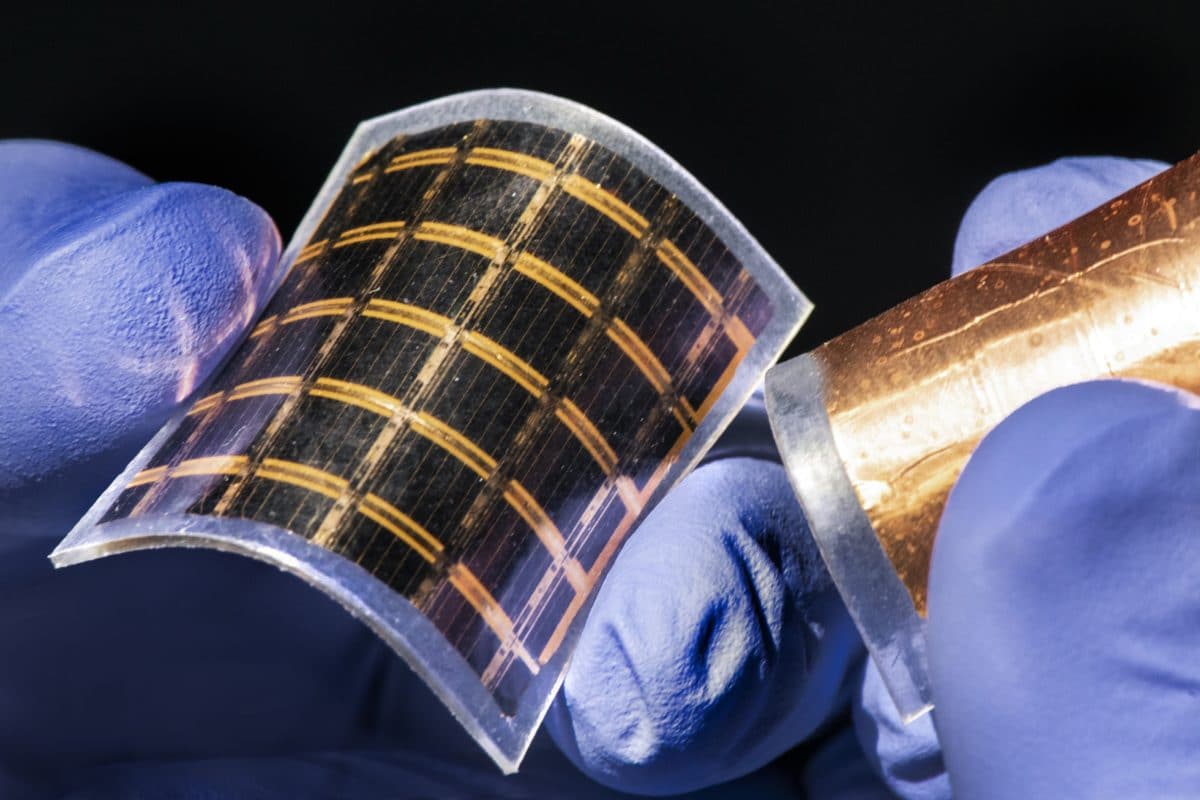Connecticut-based solar developer ReneSola Ltd was awarded 38 solar utility projects in Poland, each with a capacity of 1 MW. All 38 fall under Poland’s Contract for Difference (CFD) regime and are eligible for a 15-year guaranteed tariff. The winning bid price averaged $70/MWh, compared to auction prices that ranged between $51/MWh and $73/MWh. The projects are expected to be connected to the grid within the next two years. The company does business in Poland, Hungary, Minnesota and New York.
Today marks the winter solstice, so solar generating conditions will only improve from now until the middle of June! Also on this first day of winter, be sure to head outside shortly after sunset to see the Great Conjunction: Jupiter and Saturn line up in the southwest sky. Watching these planetary gas giants make their way across the night sky is a good reminder that we are one part of a gorgeous universe and that we join starwatchers who have pondered the night skies for thousands of years. NASA explains it all here.
Speaking of gas giants, Spain’s largest gas provider, Enagás, and Spanish energy company Naturgy announced a plan to build the largest hydrogen plant in Spain, reports our sister site pv magazine Spain. The aim is to produce up to 9,000 tons per year of renewable hydrogen from a 400 MW PV plant and an electrolyzer of up to 60 MW. The hydrogen would be used to cover local consumption, injected into the gas network, or exported in the future to northwestern Europe.
Quite the holiday gift! Montreal-based institutional investor Caisse de dépôt et placement du Québec (CDPQ) made a $1 billion commitment to Chicago-based Invenergy Renewables, one of the largest private developers, owners and operators of solar and wind projects in North America. CDPQ’s interest in the company began eight years ago with a stake in a portfolio of wind farms. The next year, CDPQ acquired a stake in Invenergy and has gradually expanded its investments in the company.
The Chinese government says it plans to loosen restrictions on new investments in additional PV glass production capacity, according to our Global site. Under the new provisions, all new projects intending to add glass capacity will not have to submit capacity replacement plans, which have until now required new planned output to replace an equivalent amount of decommissioned capacity. The new rules, according to the Chinese government, will remove obstacles for new investments in the solar glass industry and help eliminate the PV glass bottleneck.
Turning to cell research, a team from the National Renewable Energy Laboratory (NREL) and the University of New South Wales say they notched a new world-record efficiency for two-junction solar cells. They created a cell with two light-absorbing layers that converts 32.9% of sunlight into electricity. The new record moves the needle only slightly from the previous 32.8% efficiency record, but the researchers claim that it is the first record-efficiency multijunction solar cell to use a strain-balanced structure—a design that holds promise for further improvements. Key to the cell’s design is a series of more than 150 ultra-thin layers of alternating semiconductors. These create quantum wells in the cell’s bottom absorber, allowing it to capture energy from a key range of the solar spectrum.
It’s great to be here as new Senior Editor U.S.! Connect with me via email david.wagman@pv-magazine.com and Twitter @davidpvmagazineusaeditor.
This content is protected by copyright and may not be reused. If you want to cooperate with us and would like to reuse some of our content, please contact: editors@pv-magazine.com.









By submitting this form you agree to pv magazine using your data for the purposes of publishing your comment.
Your personal data will only be disclosed or otherwise transmitted to third parties for the purposes of spam filtering or if this is necessary for technical maintenance of the website. Any other transfer to third parties will not take place unless this is justified on the basis of applicable data protection regulations or if pv magazine is legally obliged to do so.
You may revoke this consent at any time with effect for the future, in which case your personal data will be deleted immediately. Otherwise, your data will be deleted if pv magazine has processed your request or the purpose of data storage is fulfilled.
Further information on data privacy can be found in our Data Protection Policy.